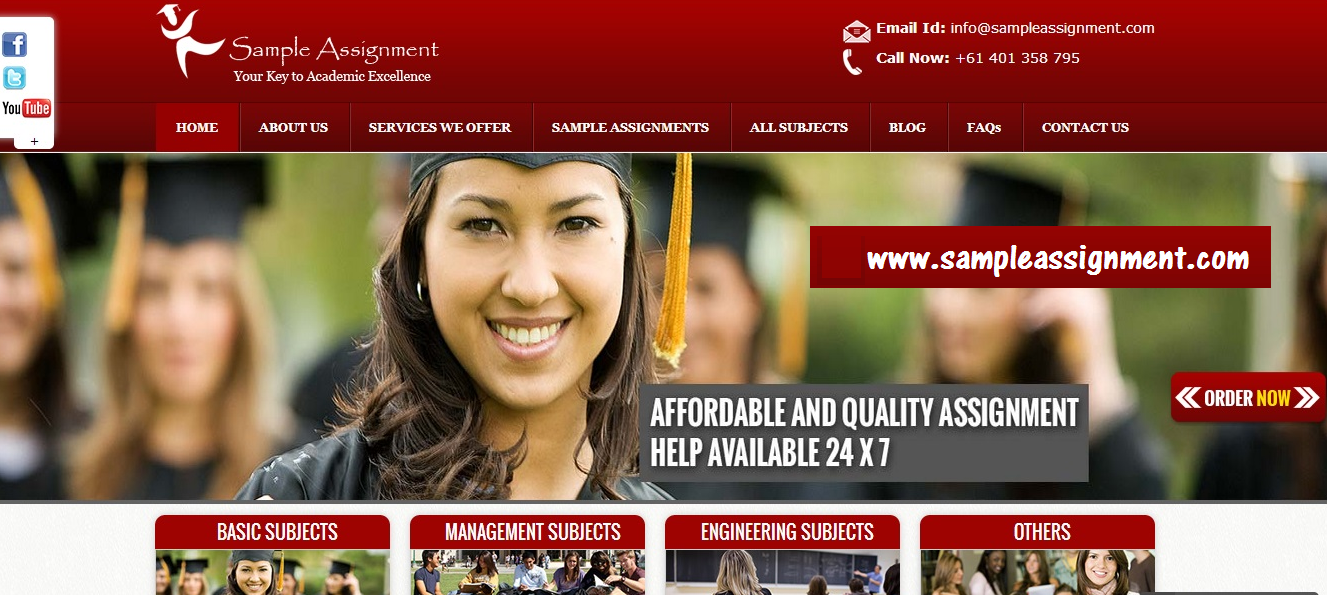Building up a Team Work Culture
Developing
Teamwork in an organization is parallel to creating a culture that essentially
values collaboration. A teamwork environment emphasizes that people accept and
understand that actions, decisions, planning and thinking are better done in a
co-operative manner. In such a working environment, employees believe and
assimilate that
‘None
of us is as good as all of us’.
Even though the
benefits of team work are highly known, the actual practice reveals something
else as there hardly seems to be any organization that exemplifies teamwork.
Right from our childhood days, importance of winning individually and coming
out on top has been highlighted in our institutions such as schools,
universities, in our family structures, in sporting events and other important
places. This has continued forward and is evident in the way people work in the
organizations today. This attitude amongst employees is a potential hindrance
to working together. Hence, workers are not raised and developed in
environments that emphasize true collaboration and teamwork.
Most of the
contemporary organizations are devoted towards valuation of their external
customer’s needs, ideas, cultural values, backgrounds, experiences etc.
However, it’s seldom that they think on the lines of valuing their team and
teamwork and how can that bring about a difference in their working
environment.
An organization
can create a teamwork culture by doing certain things right. These include
powerful action list as follows:
- Executive Leaders must communicate the clear expectations out of teamwork and collaboration: No single person owns a complete work area or a process. People who own work processes and positions must be open and receptive to ideas and input from others in the team. Process owners should let the team clearly know in advance which areas they are looking to get assisted in.
- Modeling Teamwork in every interaction that takes place: Maintaining team-work even when the things are going wrong and at times when there is every temptation and reason to slip back into older team-unfriendly behavior. Ensure that the decisions are being taken as a team with consensus.
- Adequate Reward and Recognition for Team Work: The lone ranger, even if she is an excellent producer, is valued less than the person who achieves results with others in teamwork. Team-work must be duly compensated, bonuses, and rewards should be provided as a team and collaborative practices must be preferred over individual contribution and achievement.
Tips for Team Building
Teamwork and a
good team is not built in one day. It is a gradual phenomenon which has to be
worked upon every single day. Some of the key fundamental, yet important techniques
that have been employed by organization around the globe when it comes to team
building are:
- Focus on solving real work issues: Improving the business processes and provision of systematic training so that the team spends most of its energy on projects involving team effort which would be more productive than the individual efforts.
- Involvement
and Engagement of Employees through Regular Team Meetings: Regular
Meetings helps the organization obtain a broader view of things, different
perspectives are encouraged and understood. Regular meetings allows the
team members to understand the strengths and weaknesses of the team as a
whole and employees get accustomed to each other better.
- Bring in that
fun element into the picture: One has to act out of the box to stand
out in today’s era. You would probably be doing the right thing if you’re
are offering a pot luck lunch to the different teams or taking them out to
a sporting event. The team members unite together more informally during
such energetic events and can help them build a relationship which can do
wonders for the organization.
- Using Ice
Breakers and Team-Work exercises at meetings: Encourage your teams to
indulge in ice breaking activities. These can be short ten minutes
activities which can bring about laughter and can ease off the pressure a
little between employees. It also helps them know each other better- a
small investment in a big time sense of team.
- Celebration of Team Success: Last but not the least, celebrating the success of the team together is a grate way to foster teamwork. Giving the team members similar t-shirts and merchandise can help them develop a sense of unity which is a priceless attribute for an organization.
Social Collaboration
Tool offers an organization with all the above mentioned benefits as it is
technological way of fostering teamwork and bringing together the human
resources of an organization at one place. It is not just about communicating,
an enterprise collaboration helps share updates, feedback and constant connectivity
round the clock. This has been well supported with the use of smart phone,
tablets and other smart mobile devices which enable the users to lever let that
crucial moment slip.





